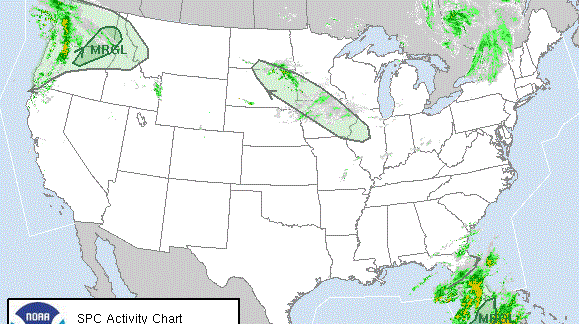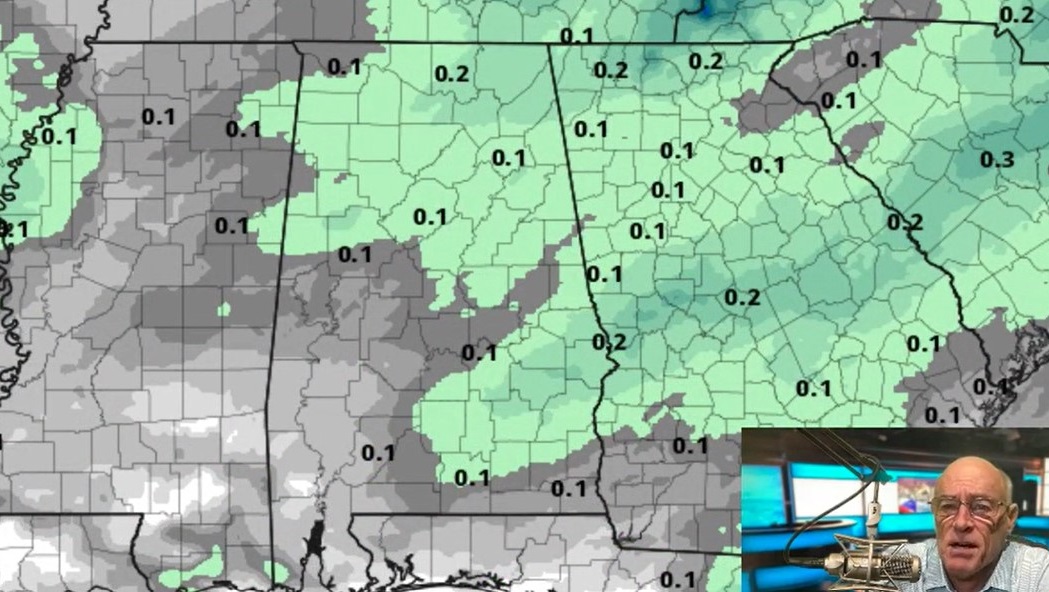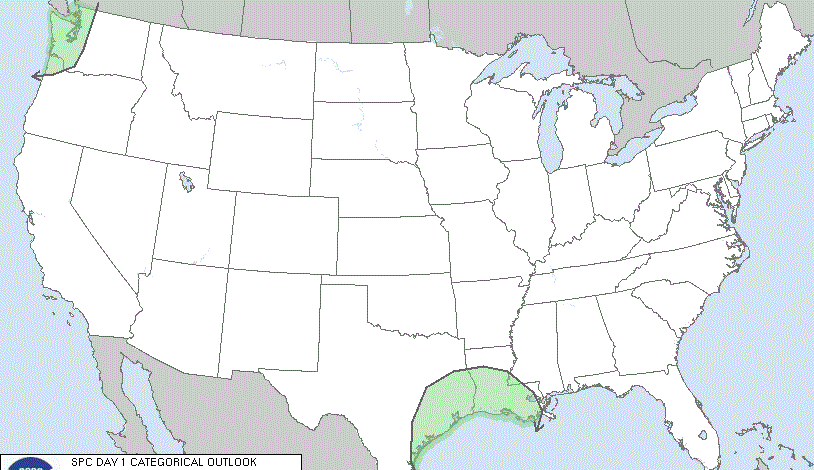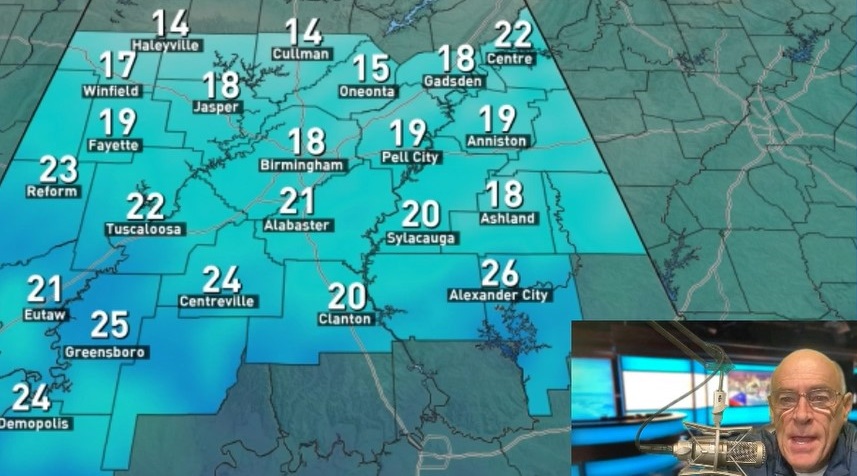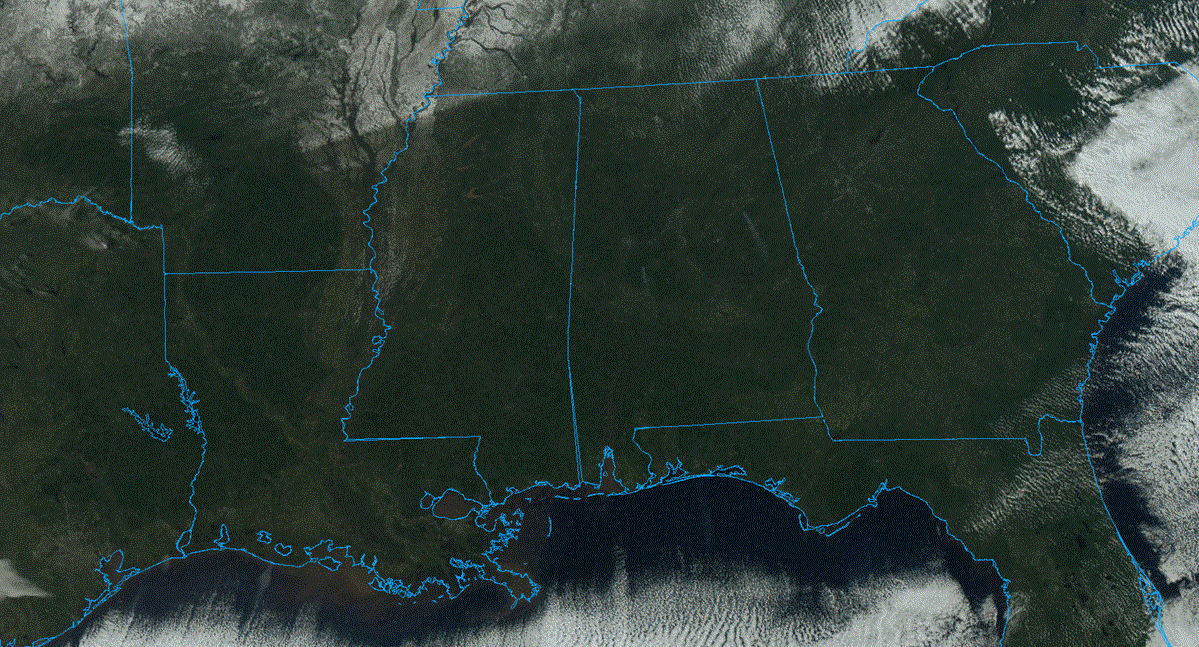Severe Weather Awareness Week: Lightning

The best thing to do during a thunderstorm is to stay indoors, but if you're caught outdoors there are still measures you can take to reduce the risk of being struck. (file)
We are no strangers to lightning in Alabama, especially during the summer with the daily pop-up thunderstorms we usually get. June, July and August are the peak months for lightning in our area, but, as you know, thunderstorms happen throughout the year.
There are more than 20 million cloud-to-ground lightning strikes in the United States each year, and each one of those strikes is a potential killer. More than 1,500 people have been killed by lightning in the United States over the past 30 years — that’s an average of 51 people per year. During that same time, approximately 15,000 people have been injured by lightning. Some of these were left with lifelong neurological damage.
Lightning safety tips
When thunder roars, go indoors. The main rule of thumb to remember with lightning is if you can hear thunder, you are close enough to be struck by lightning. A thunderstorm doesn’t have to be directly overhead for you to be in danger. Lightning can travel 10 miles or more from a thunderstorm.
Use common sense when you plan on attending an outdoor event or activity. Check the forecast on Alabama NewsCenter or the AlabamaWx Weather Blog and see what the weather has in store for the day. Be sure to check the sky to see if any storms are developing nearby. There are many weather apps out there that have live radar; download one and put it to use.
The very second you hear thunder, you should head indoors, and do not use any electrical equipment. If you are out on the lake, get off the water as quickly as possible and get inside a well-constructed building or your vehicle with the windows rolled up. Tents, carports, sheds and golf carts may give you a place to stay dry, but they do not give enough protection from lightning.
If you’re caught outside in the open in a thunderstorm and you cannot find a building or vehicle, stay away from any isolated trees and crouch down low to the ground, but do not lie flat. If you are caught in the woods, stay away from the tallest trees and find a small bunch of trees.

During the summer, storm clouds can be very high and lightning can be seen as far as 100 miles away. (file)
‘Heat lightning’: Not a thing
While we are on the topic of lightning, let’s discuss heat lightning. For the 40 years (soon to be 41 years) I have been walking this earth, I have heard people talk about heat lightning. The saying is that heat lightning is caused by heat in the summertime air with no thunderstorm and causes no danger to people or property. The term is part of our culture in Alabama, as well as in many parts of the country. The only problem is there is no such thing as heat lightning.
All lightning, if it’s cloud to ground, cloud to cloud or in cloud, must come from a thunderstorm. No thunderstorm, no lightning. In the summer, storms can climb to be higher than 50,000 feet in the sky, making the lightning visible as far as 100 miles away. At that distance, you can see the lightning, but can’t hear the thunder. James Spann has a great post about heat lightning.
On Friday, we take a look at receiving weather alerts.
Read more about severe weather awareness here, about severe thunderstorms here , about flooding and flash flooding here, and about tornadoes here.
For more weather news and information, visit AlabamaWx.

